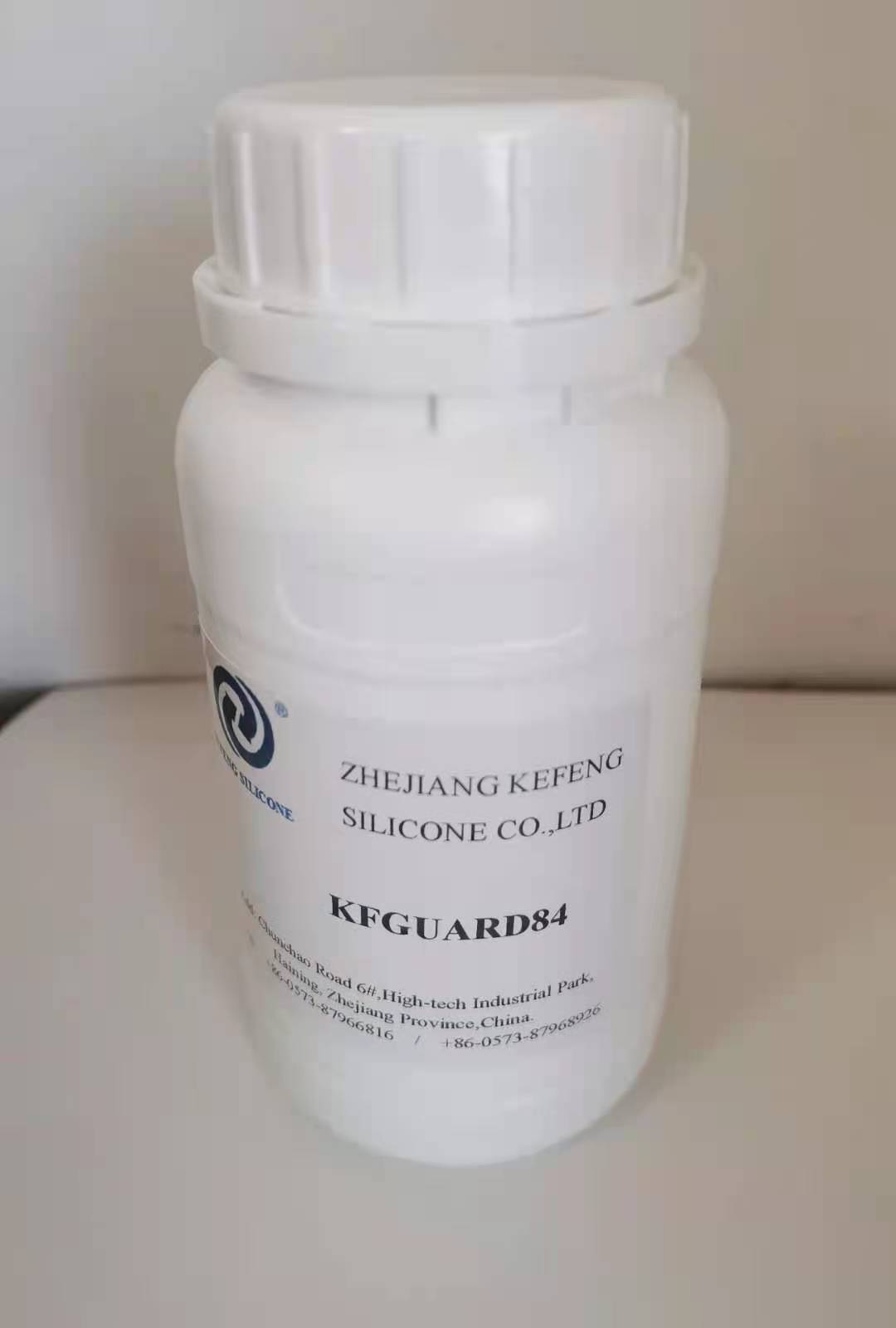

Views: 2 Author: Site Editor Publish Time: 2022-11-09 Origin: Site

Silicone softeners are industrial chemicals used in textile processing. They improve water-repellent, softening, and lustre properties. They also improve fabric's elasticity and handle. Silk fabrics treated with silicone softeners show improved luster and hand without reducing the natural style.
Silicone softeners have excellent washability and can be used on fabrics of all fibers. Their water-insoluble properties make them easy to apply to fabrics. The products also provide high sewability and a moderately waterproof surface. Furthermore, they improve the fabric's elasticity and tear resistance.
Silicone softeners have a wide range of applications in textile finishing and dyeing. A new recipe was developed to synthesize three samples of silicone softener. They were then applied to cotton white fabrics for further testing. These textile silicone softeners have passed a number of tests, including whiteness, tensile strength, and other properties. Moreover, they have low-refractive index and are environment-friendly.
Silicone softeners can be classified into two types, hydrophilic and hydrophobic. The hydrophilic silicone provides softness and comfort properties, while the hydrophobic ones impart a dry feel. Amino Silicone is a polyether terpolymer with an amine value of 40.
The textile silicone softener market is segmented according to type, size, end-use industry, and geography. The major players operating in this market are Wacker, ShinEtsu, Piedmont Chemical Industries, Transfar, and Huihong. They all have significant shares in the market and are actively expanding.
Amino Silicone Oil Emulsion is a common form of silicone softener for textiles. Its carboxyl group reacts with the hydroxyl group in cellulose during curing to form a covalent bond. It is less soft than Amino Silicone, and has a limited range of textile applications.
An anionic softener is easy to remove and can be used at normal textile processing temperatures. It is compatible with dyes and bleach bath components. It gives fabrics a full-bodied feel. Anionic softeners have strong antistatic effects. Cationic softeners are acid-resistant and can be used in all environments, although they can change dye toning and reduce their fastness.
The textile silicone softener market is highly fragmented. There are two types: macroemulsion and nanoemulsion. The macroemulsion is a milky white system with particles of 150-300 nm. It scatters light well and is thermodynamically stable. Nanoemulsions have a smaller particle size.
Volza's data provides a comprehensive view of world silicone+softener exports, including volume, growth rate, and buyer/supplier names. This information can help importers and exporters expand their global trade, improve their supply chains, and find efficient vendors. Whether you are looking for textile silicone softener or a petrochemical, Volza's data can help you find a supplier that is right for your business.
